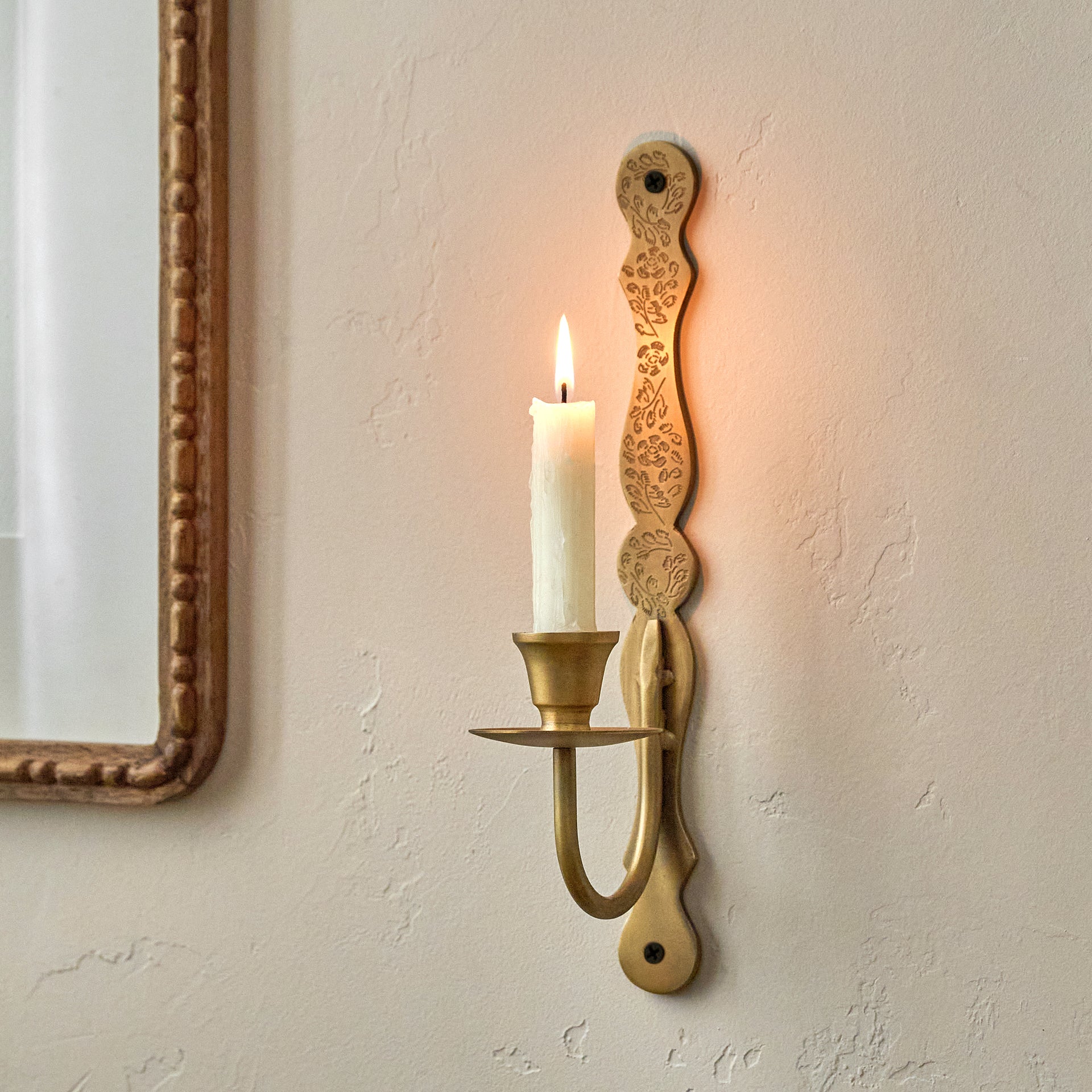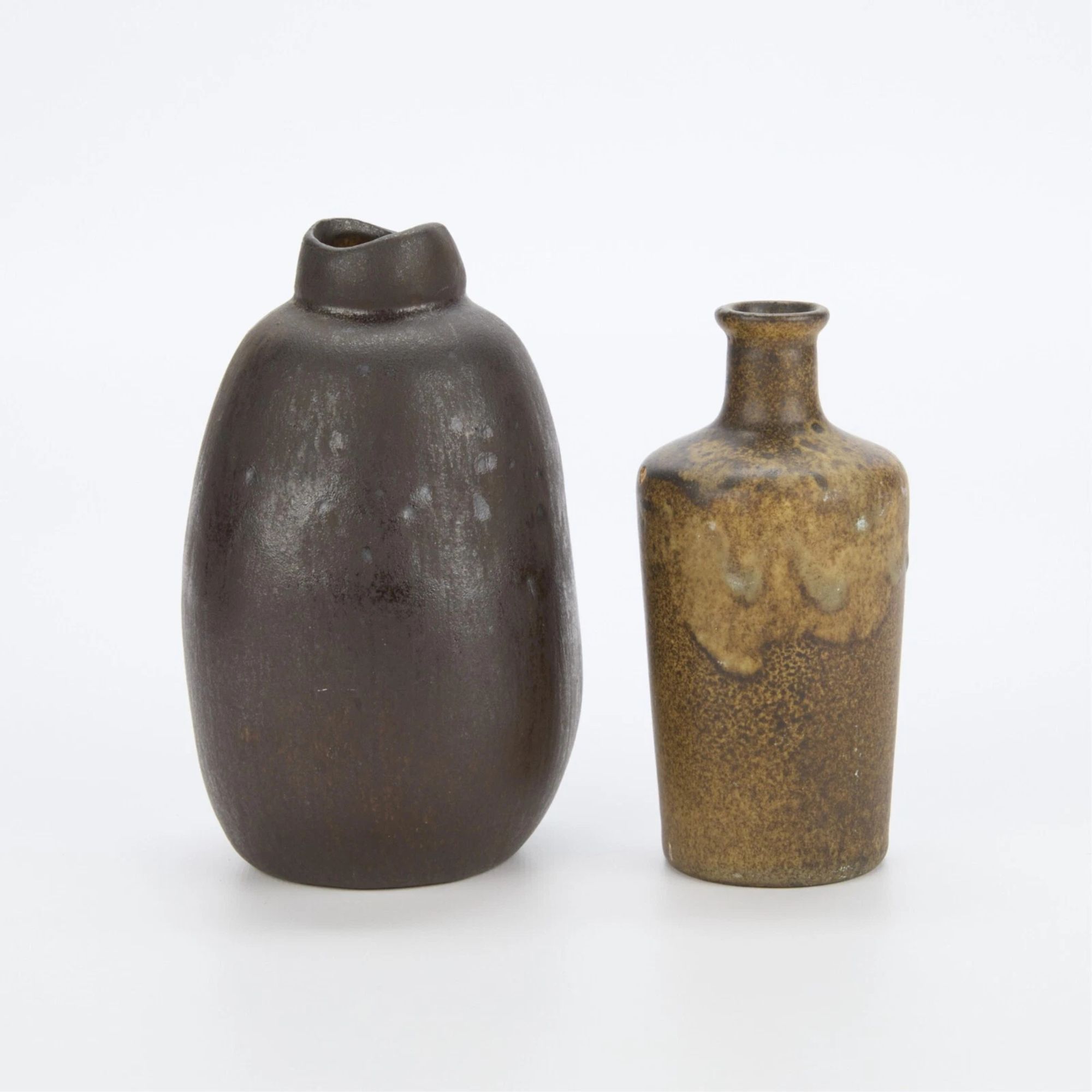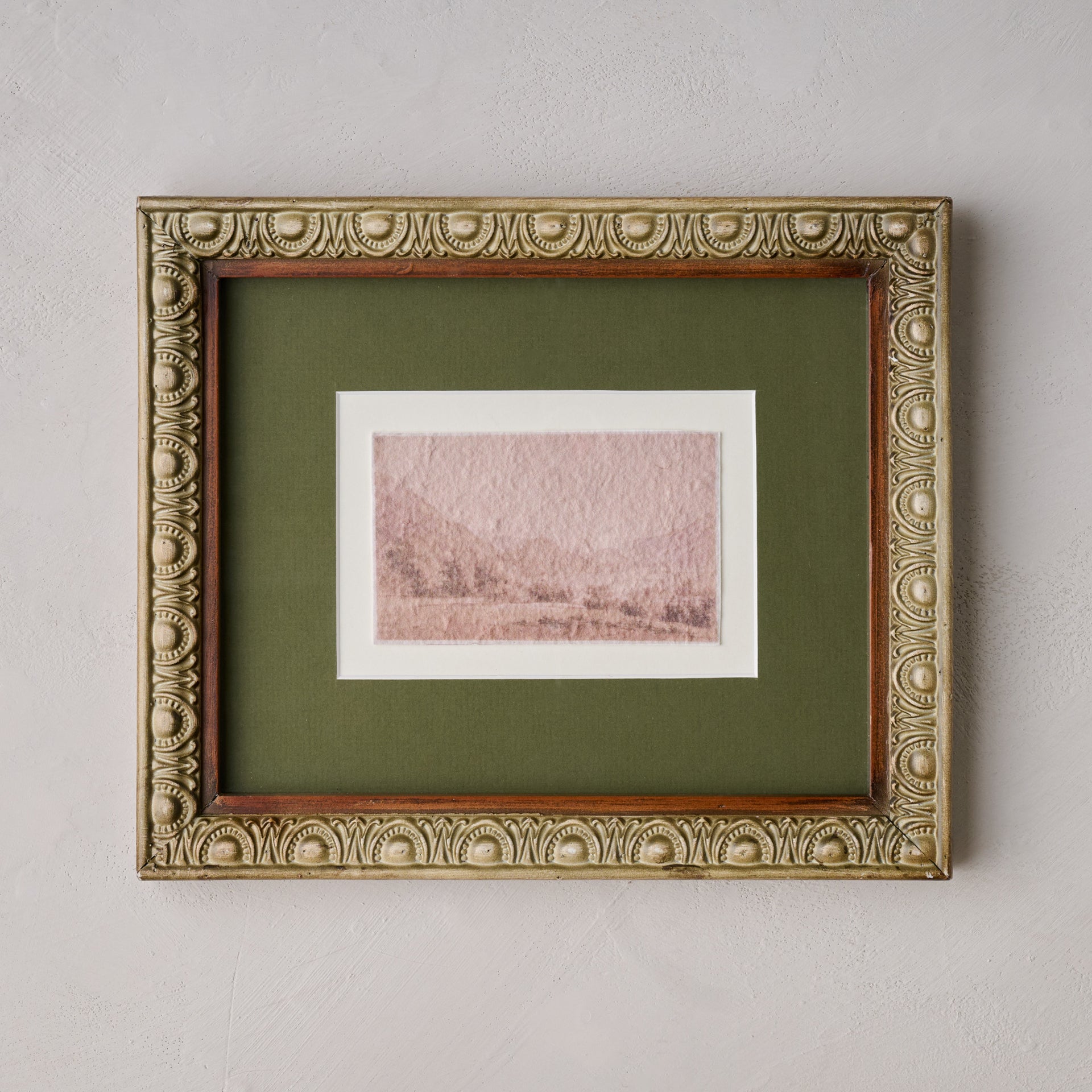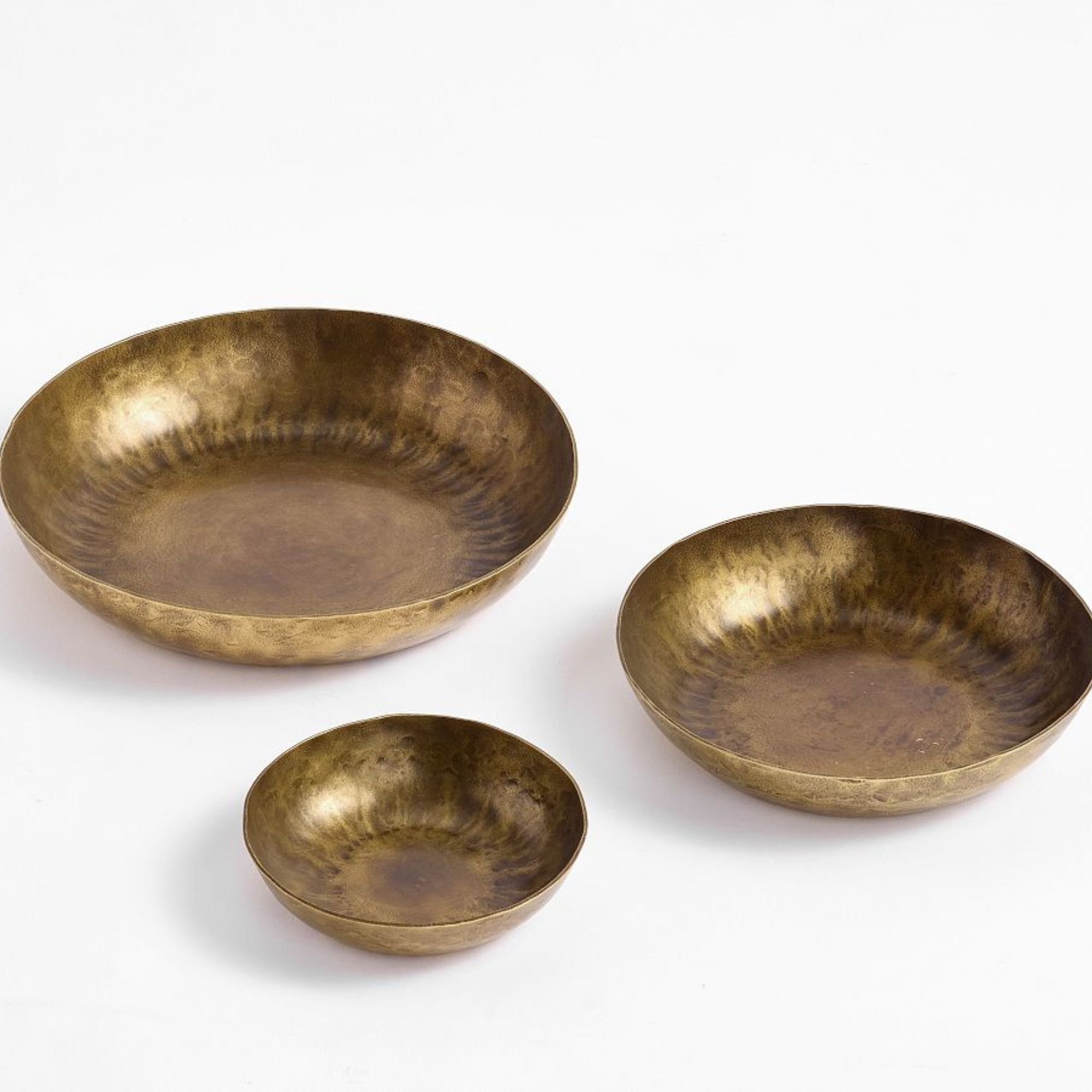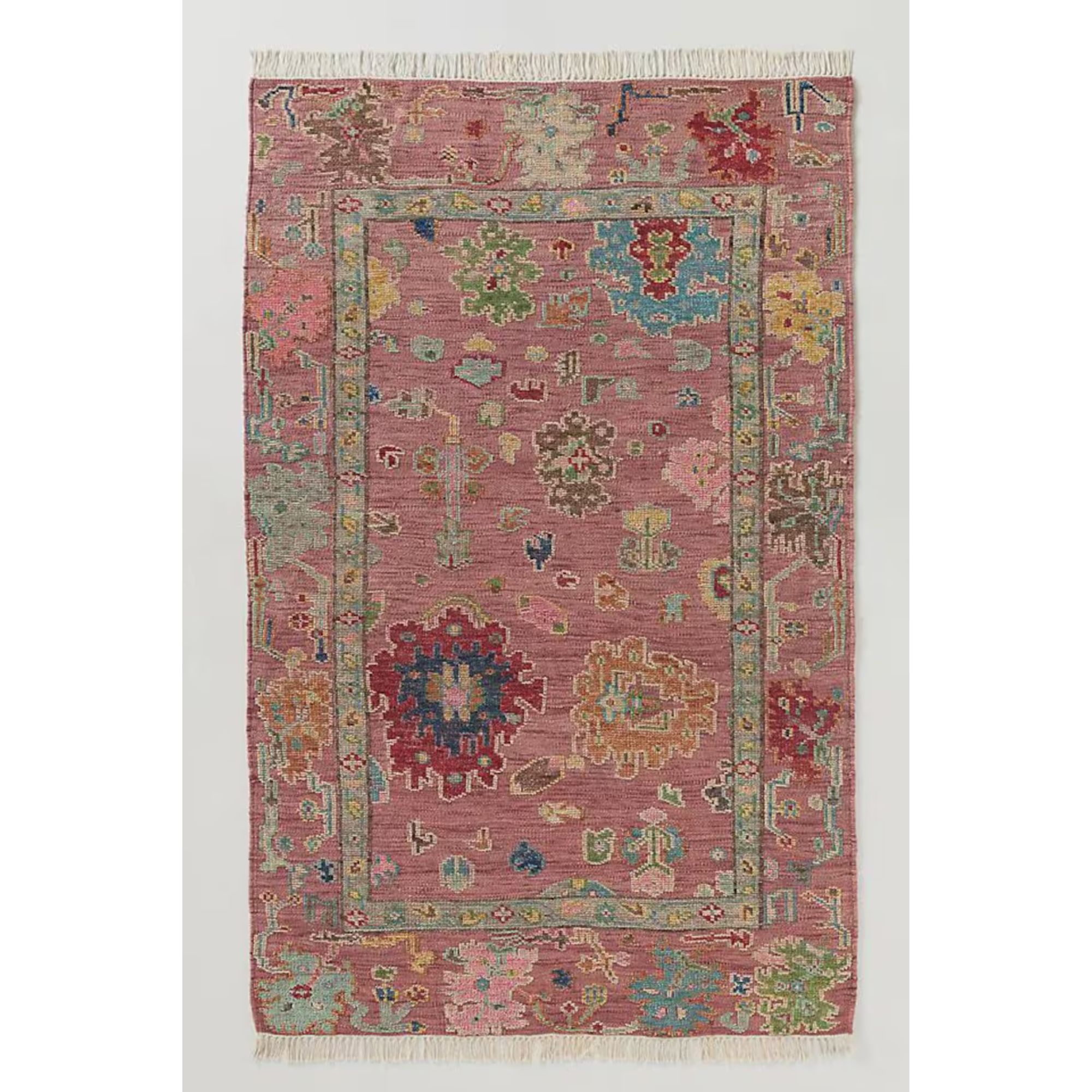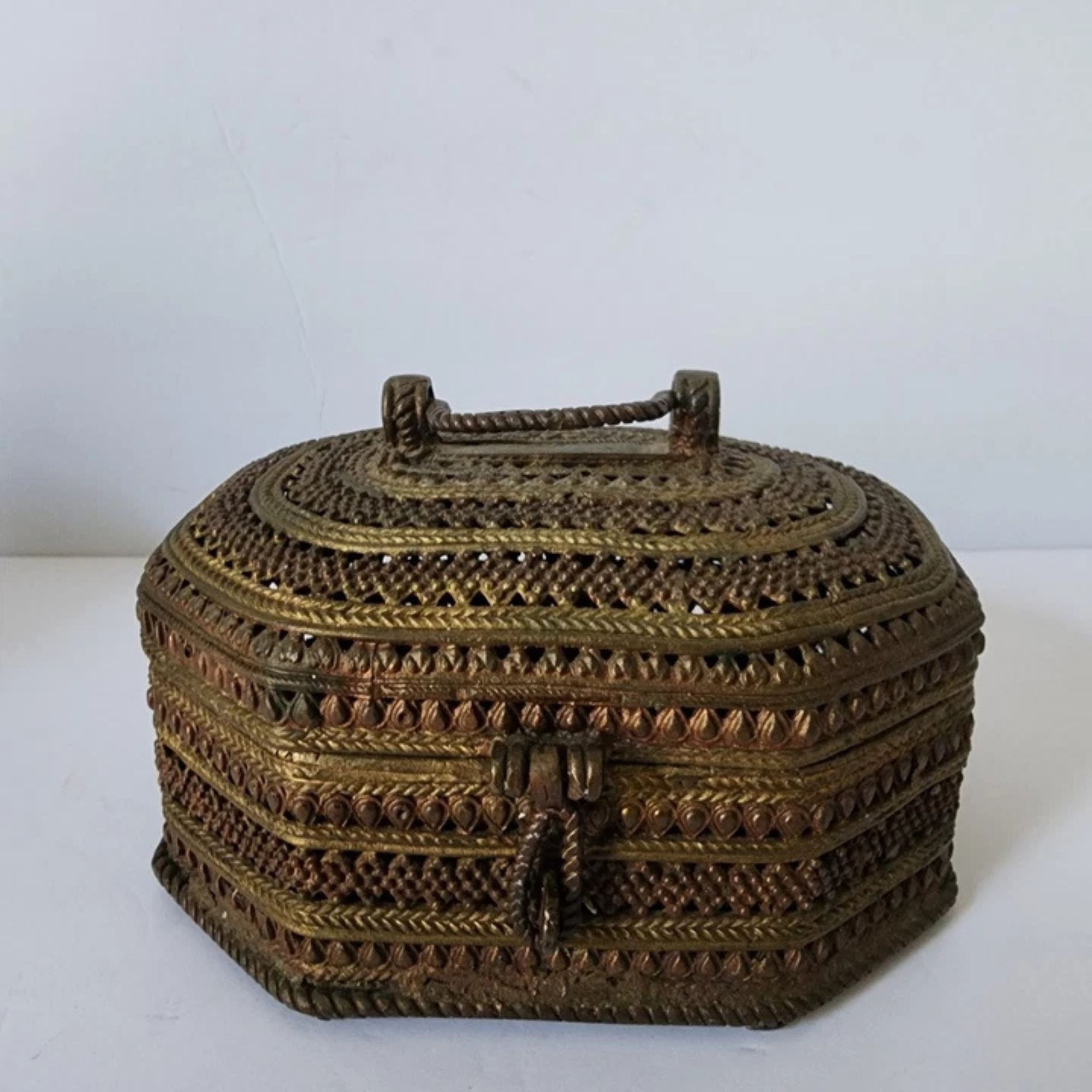How much vintage is too much? Designers reveal how to master the perfect balance of old and new – for a truly timeless look
Interior designers discuss the golden vintage-to-modern ratio that will make any space feel balanced
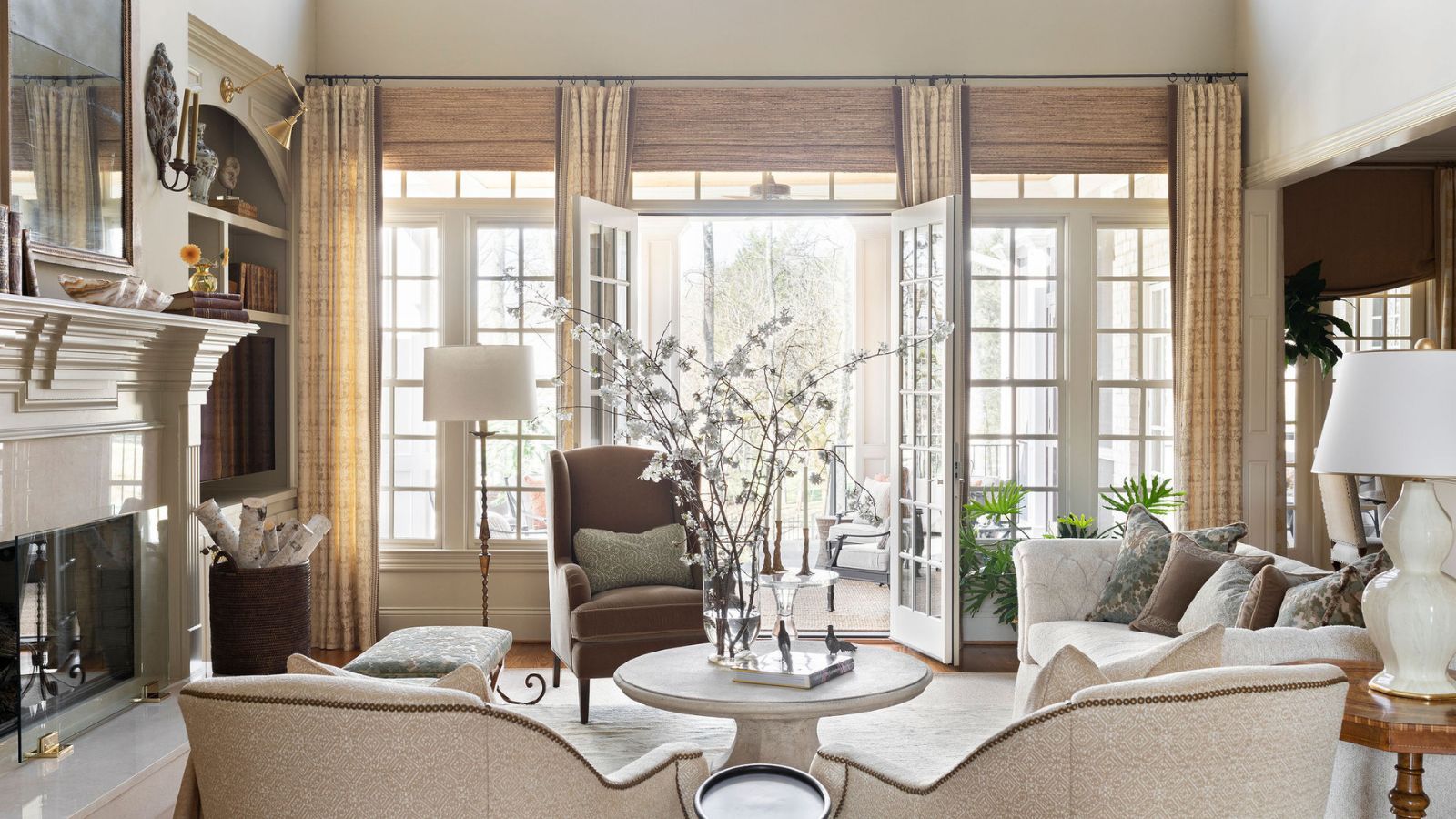

As a lover of everything old, one of my non-negotiables when it comes to designing my home is adding at least one piece of vintage decor to every room. But, as someone who can never say no to an antique, it's not always easy to determine how much is too much.
You can't beat the character that comes with decorating with vintage. Hence why I often go overboard when adding preloved treasures to my scheme. I'm not usually one to follow rules when it comes to interior design, but as someone who desperately wants to create a transitional interior, I asked interior designers what the ultimate vintage ratio is and how to balance the old and new accordingly.
What percentage of your home should be vintage?
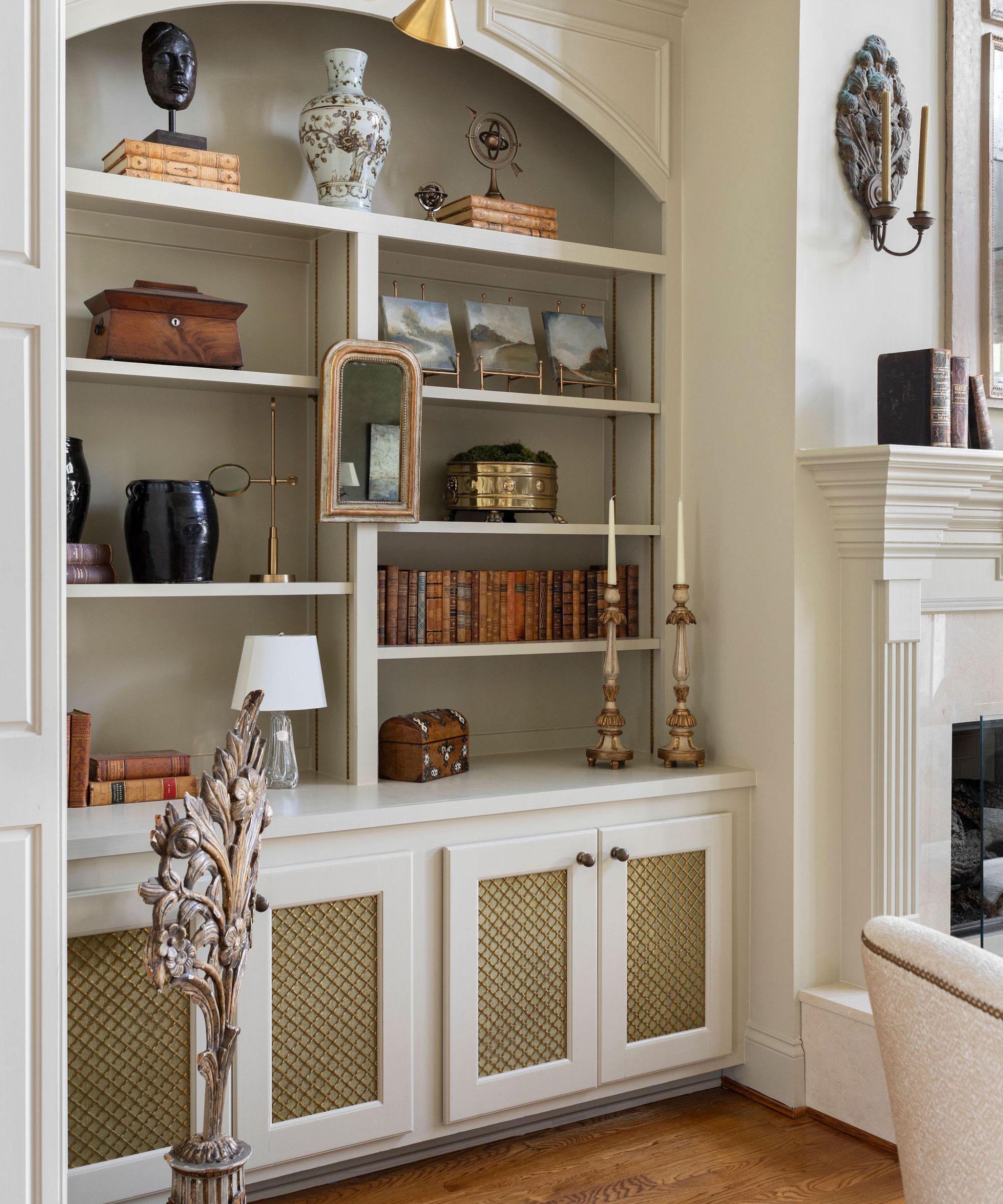
Discovering your interior design style will help you determine the exact amount of vintage you should incorporate. Knowing the difference between retro vs vintage, vs antique will also help you understand exactly how much of each should be featured.
Intrigued to understand if there's one perfect percentage, I asked interior designers who love to decorate with antiques and vintage for their thoughts on the ultimate ratio. Debbie Mathews LeRoy, Interior Designer and Antique Dealer, explains, 'Personal preference plays a huge role in deciding this – I don’t think there are any hard and fast rules. If a person's aesthetic leans more toward transitional or contemporary, I would think an 80/20 ratio would make the most sense, with 80% of the furnishings being new with 20% being vintage or antique. This would result in a fairly new and current look, with some added depth and history infused from the antiques.'
Of course, if traditional decorating ideas are more your thing, you should have a higher ratio of vintage and antique pieces. Debbie explains, 'In that same token, if a person's aesthetic leans more toward classic and traditional, their ratio might lean more towards 60/40, with 60% of the furnishings being antique or vintage and 40% being new. This might mean that upholstered pieces are new, and case pieces are predominantly vintage and antique.'
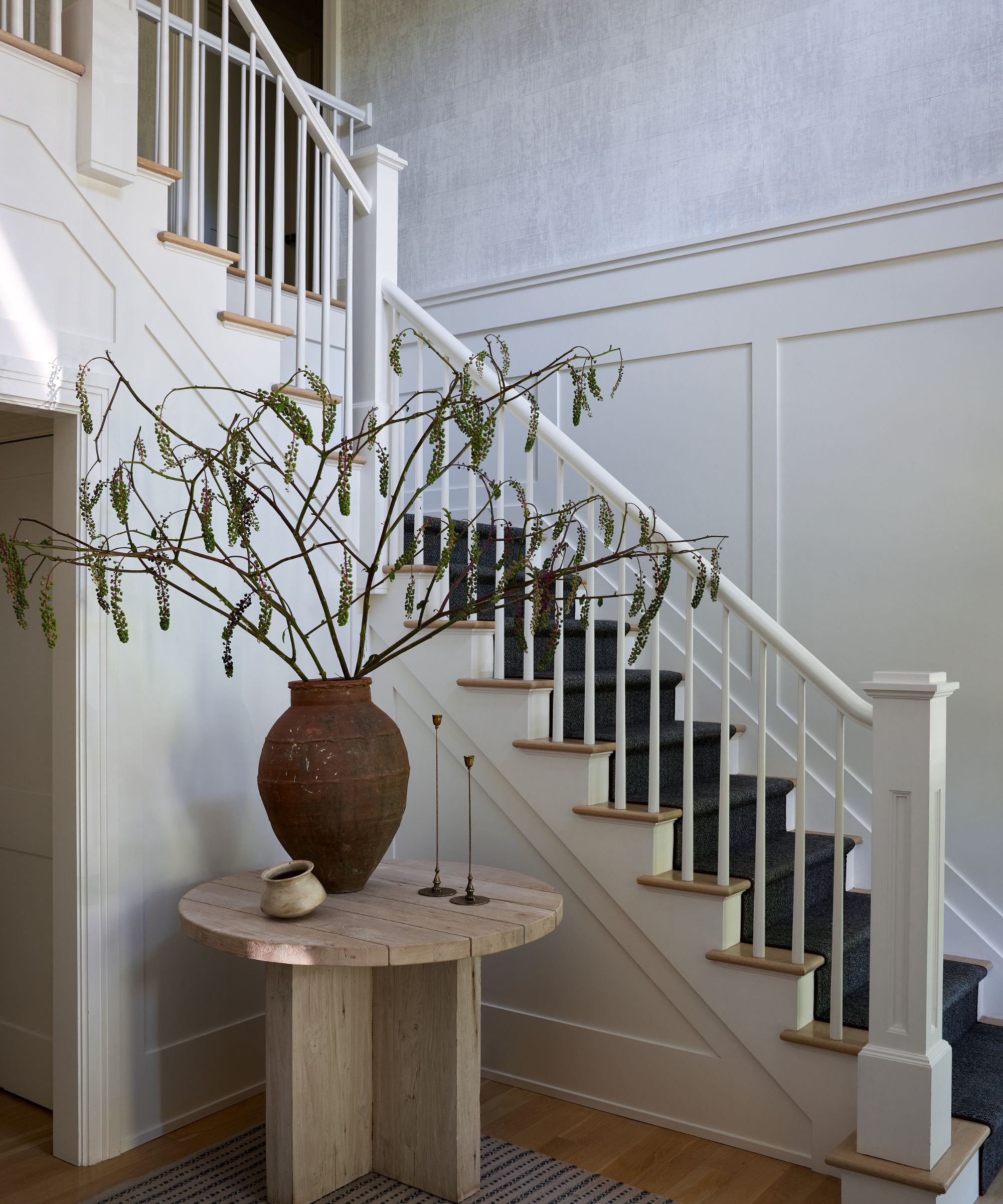
Interior designer Shani Core suggests that before embracing vintage trends, you should consider your house style. Whether you're going for the maximalist look or a more balanced aesthetic, question the age and design of your property to make your space feel authentic. She says, 'While older homes typically already come with unique architectural details, I find that new builds tend to need a higher ratio of vintage and antique pieces to counteract all the shiny and new.'
If you're a lover of antique trends, Shani suggests aiming for around a quarter of old pieces in your space. 'While I don’t have a hard and fast rule for ratios between vintage, new, and antique, I like to incorporate as many antique and vintage pieces as possible to give a space character. In order to keep your home from looking like a museum, you definitely need a mix of all periods! My estimate as a goal would be at least 25% for vintage and antique to new, but nothing makes me happier than when a client lets me do my thing and bring in as much as we need.'
Design expertise in your inbox – from inspiring decorating ideas and beautiful celebrity homes to practical gardening advice and shopping round-ups.
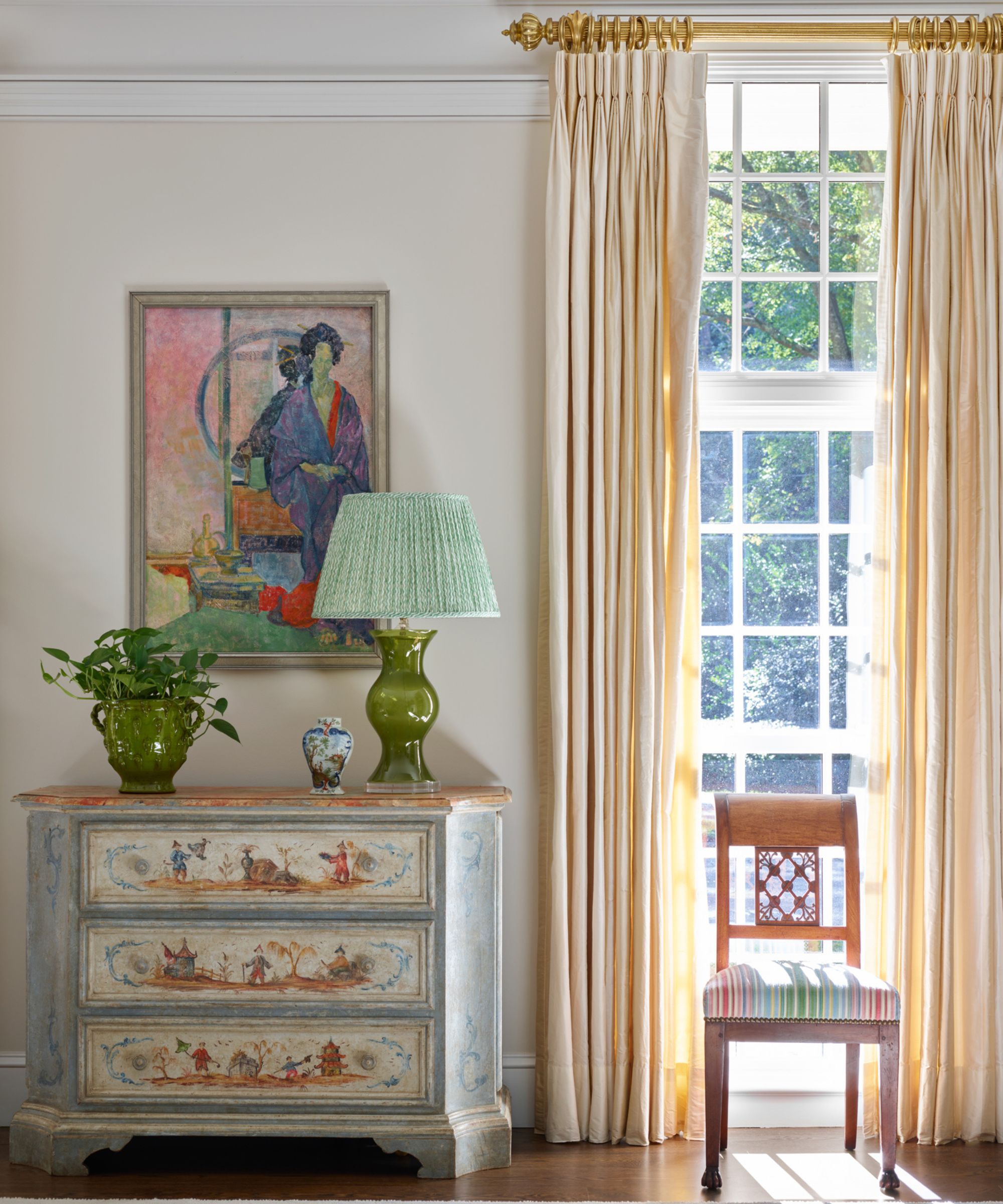
Whether you have a contemporary space and want to add antiques that work in modern interiors, or your style is more traditional, interior designer Liz Williams says she typically keeps furniture new and smaller decorative pieces old.
'I tend to lean a bit more toward antiques than new pieces, but it really depends on the space. Most of the larger upholstery, like sofas, big chairs, and ottomans, are typically new, since comfort and scale matter there. Then I like to layer in vintage or antique pieces through smaller seating, like a French chair or an English bench, and through case goods and lighting. That mix keeps a room feeling collected and full of character, rather than all one style.'
Steph Schlegelmilch, Founder and Creative Director of Studio Seva, says, 'I firmly believe at least 30% of a room should have antique elements to keep the space feeling too “new.” Most of our accessories are found pieces from markets and our travels, but we also prefer vintage statement, special furniture pieces! Usually, items that don’t receive a lot of everyday use make for great conversation pieces. Think sideboards and chests, lighting, and accent stools.'
How should I mix old and new?
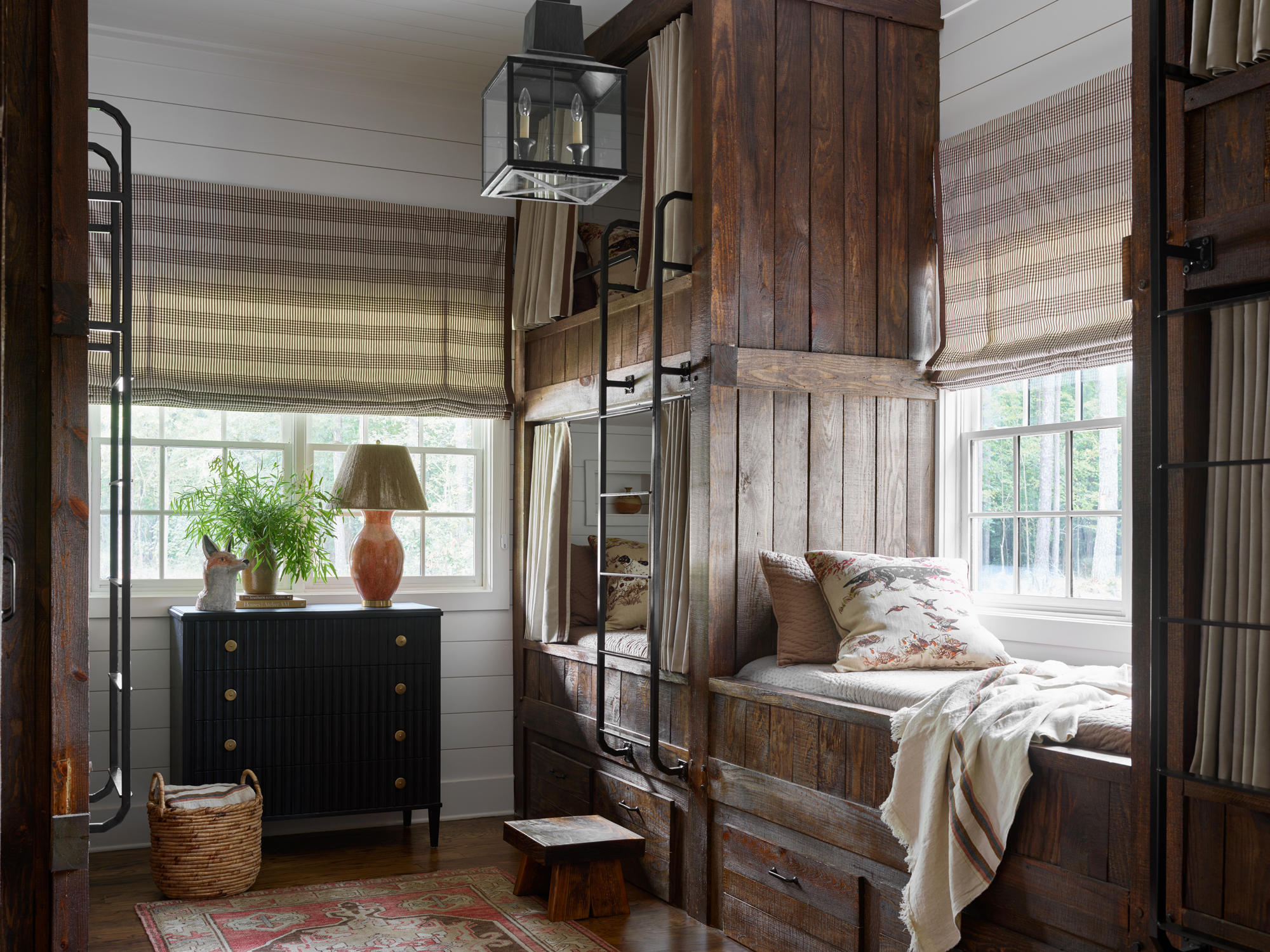
The key to transitional style decorating rules is the artful balance of two contrasting styles. Gabriela Eisenhart, Founder and Principal Designer at Silo Studio Design, explains, 'Older pieces add history and depth, but if overdone, they can make a space feel dated. My goal is always to create spaces that feel lived in and layered, so I try to infuse a conversational vintage piece or two in every room. If you're incorporating a rustic family heirloom dining table, pair it with custom upholstered chairs and more current lighting. This gives the space depth while still incorporating modern sensibilities.'
Avoid vintage pieces that could date your home, and instead scatter small antique touches. Shani explains, 'When decorating a home that doesn’t already come with a lot of character, I love to layer in at least one antique rug and as many case goods, mirrors, and accessories as I can get away with! We typically reupholster any antique soft furnishings, and one of my favorite ways to pair antique and modern is to select an ultra-modern fabric for an antique sofa or chair.'
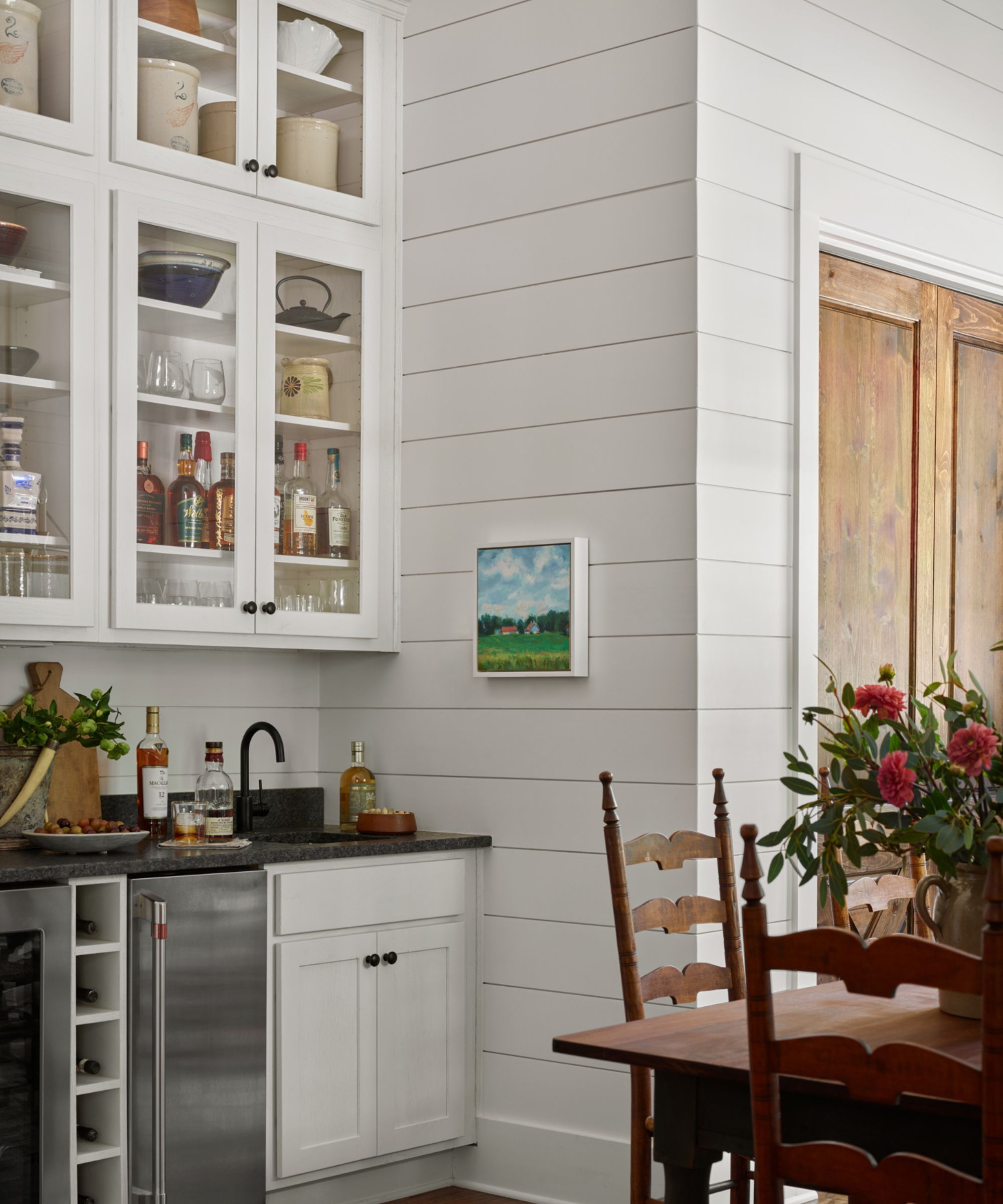
Whether it's decorating with vintage art or rugs, it's all about layering. Shani adds, 'If a client insists on all new furniture, then I try to bring in as much vintage as I can through collections, art, wall plates, vases, and other unique table top items for styling coffee tables, bookshelves, pantries, and any open kitchen spaces. These layering pieces help tell a story about the people who live in the home while giving character to an environment that would be otherwise sterile.'
Debbie says, 'Successful spaces are all about contrast. Bringing in an antique with warm, rich patina or a chipped, painted finish instantly creates a layered feeling. Keep in mind that contrast is key. Display antique or vintage pieces near contemporary pieces in a few concentrated areas of the home. This will ensure they look cohesive and sophisticated, and not cluttered.'
Whether you're styling a bookcase or a mantel, Debbie says, 'Group decorative objects, old and new, in coordinating colors or palettes to unify the items and create visual appeal, adding an element of the unexpected! A well-orchestrated mix can spark inspiration and joy, while also giving a space a sense of “completeness.”
Shop our vintage-style edit
Barbara Neto, CEO of vintage platform Curiouz, says, 'The aim is dialogue, not contrast for its own sake, so the space feels considered rather than themed. I also edit finishes to two or three families (wood tone, metal, textile) and repeat them, which keeps the scheme coherent even as eras mix.'
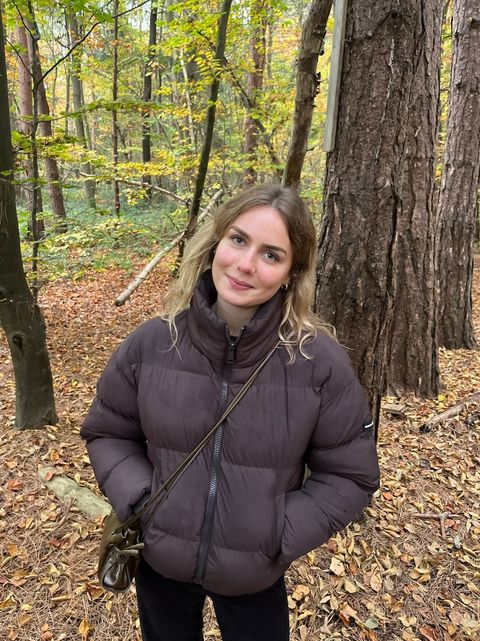
I am the Interior Design News Editor at Homes and Gardens, covering mainly US-based designers and trending news stories. My love for interiors began when I interned in an interior design studio, working on commercial and private spaces. My passion grew while working in production, where I sourced beautiful locations for photoshoots and campaigns. Outside of work, I enjoy collecting antique decor and mid-century furniture for my home.
You must confirm your public display name before commenting
Please logout and then login again, you will then be prompted to enter your display name.
